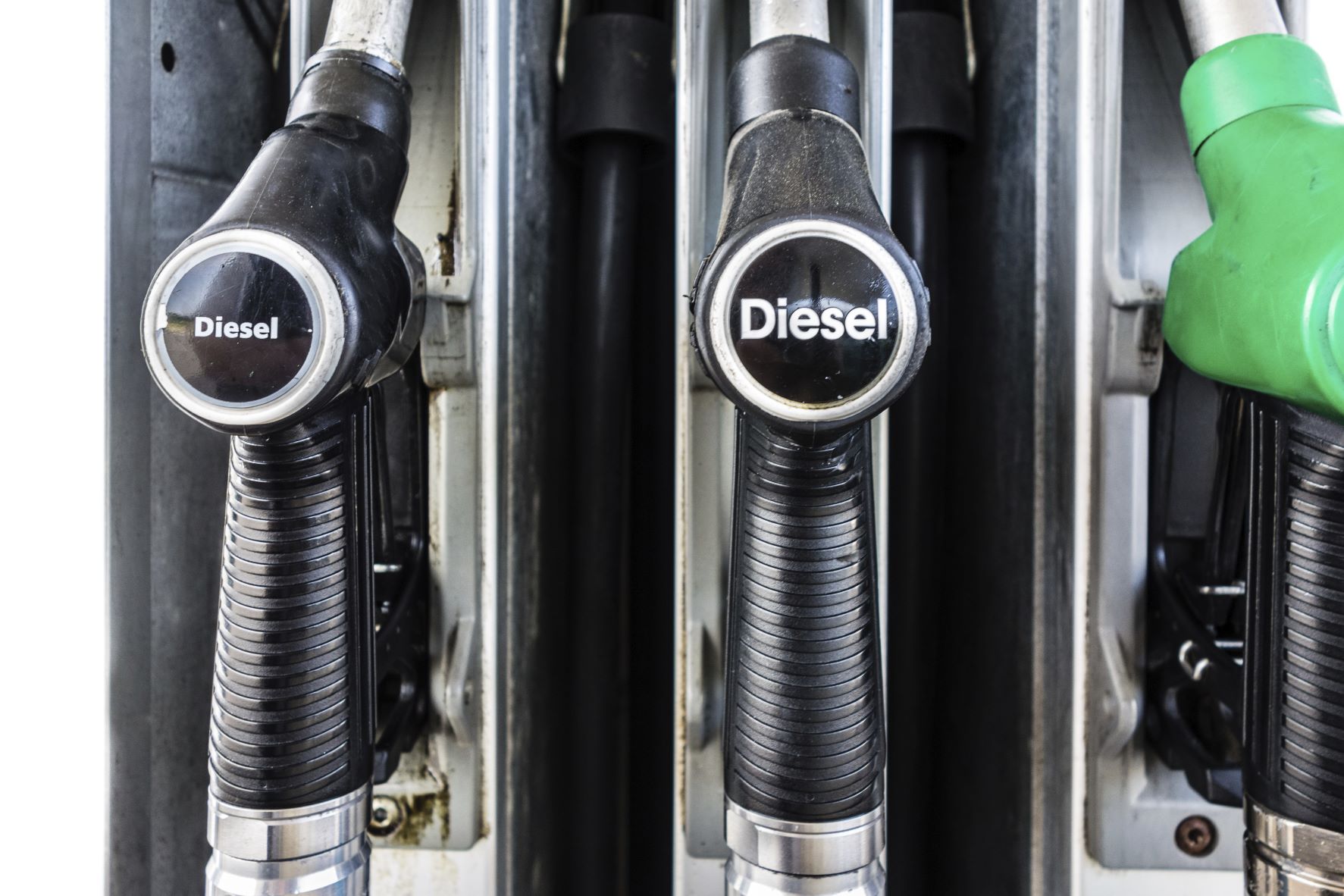
Conflicts in the Middle East, as well as general shortages of petroleum and natural gas, are all factors in the rising cost of gasoline and diesel fuel over the past several years.
Many industries have felt the pressure on their bottom line as a result of these increased prices, and the freight industry is no exception.
To compensate, a Fuel Surcharge is included as part of the final bill. But what exactly is it, and how is it calculated?
Understanding Fuel Surcharges
A fuel surcharge is the total cost of gasoline or diesel fuel used to move one shipment. Since fueling up is often the most expensive part of a long-distance shipment, companies charge their customers a surcharge rate that appears on their invoice. This added charge serves as compensation for all gasoline purchased during the transportation of their load. This helps to eliminate some of the financial burden placed on the shipper.
How is it calculated?
Fuel surcharges are usually added to the total freight charges on either a per-mile or percentage basis. Most fuel surcharges are based on an average mile per gallon and the national average price of diesel.
These charges are directly related to the numbers reported by the EIA/DOEin their Retail On-Highway Diesel Prices Index, which are available to the public on their website. The EIA does not dictate how a fuel surcharge is calculated; it is negotiated privately by the shipper and trucking company. Each company has its own method for calculating surcharges.
Fuel surcharge rates are updated monthly by the shipping company to ensure that the customer is being charged the most accurate and up-to-date price per gallon. Surcharge rates differ from company to company, but most are calculated as a fixed percentage related to a one cent increase in the cost of a gallon of fuel.
For example, say a company charges a 10% increase on every cent that the cost of a gallon of fuel rises by, and the price per gallon rises from $3.00 to $3.03. The total increase in price would be 30% (10% X 3). Likewise, if the price of fuel falls from $3.00 to $2.97, the fuel surcharge rate would decrease by 30%.
(Note: A ten percent increase on the penny is an astronomically high amount, with the average rate usually less than a half percent increase, but in the name of easy math we’ll just leave it at en even 10).
For more info on fuel costs, check out our post on natural gas and General Rates Increases (GRI).

